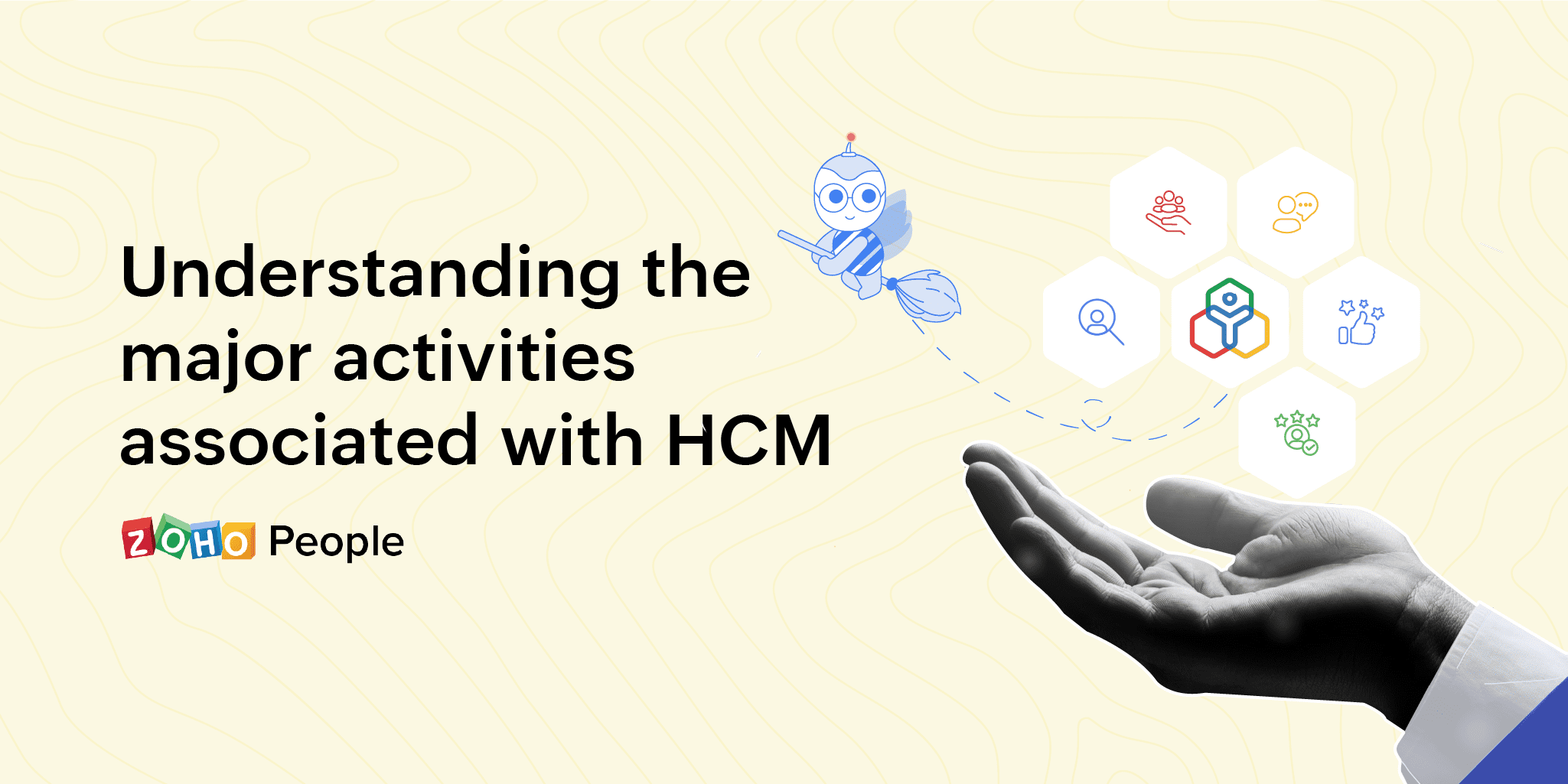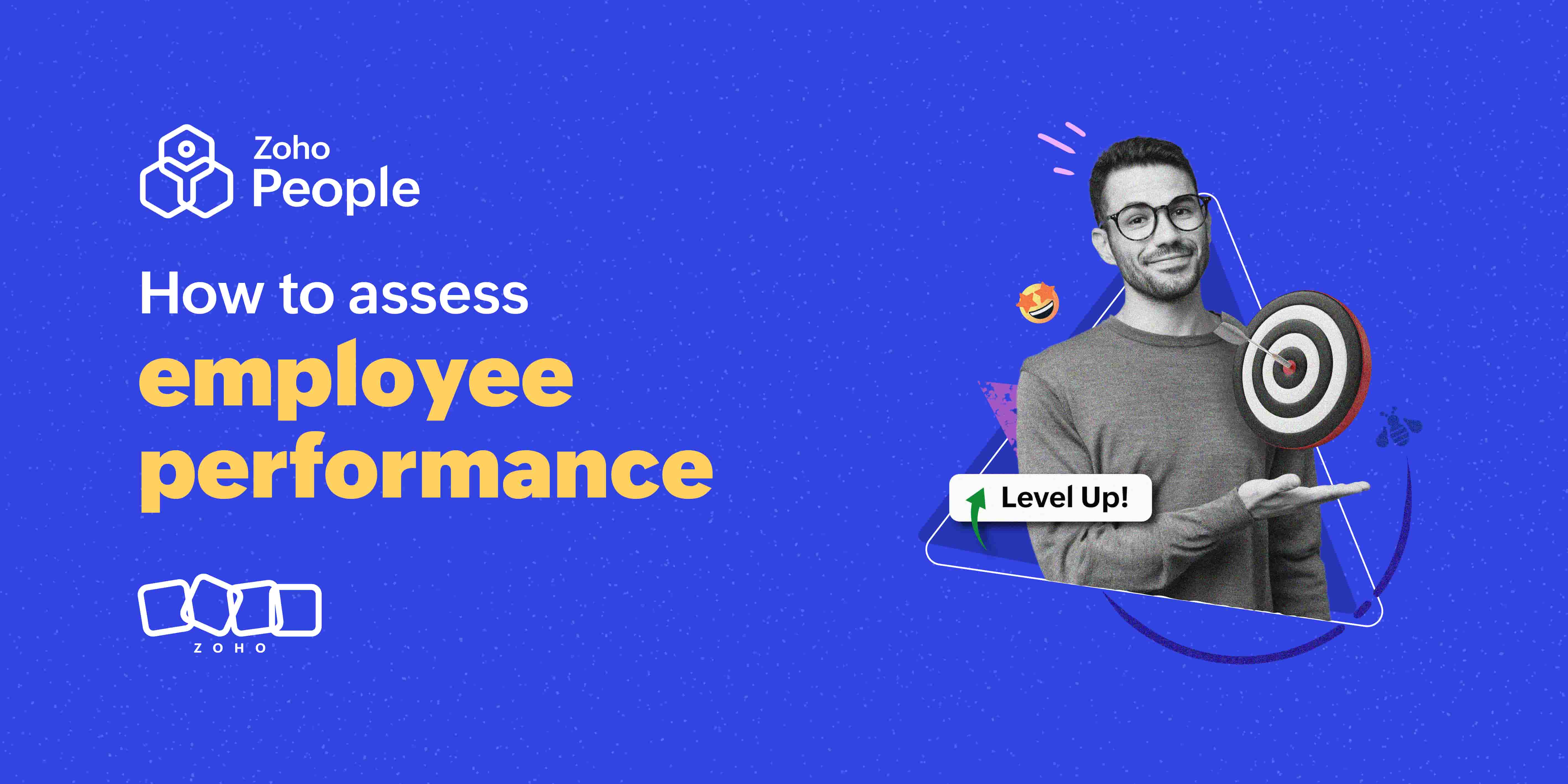- HOME
- HR insights
- What are the key activities involved in Human Capital Management?
What are the key activities involved in Human Capital Management?
- Last Updated : August 23, 2023
- 3.5K Views
- 4 Min Read

Every employee wants to work in an environment that motivates them to bring out their best efforts. Most people strive to assume an indispensable position in their organization, contribute more toward their organization's success, and get ahead in their careers. That's why more and more organizations are trying to figure out different ways to help employees work to their full potential. This is where human capital management truly shines. Human capital management (HCM) strategies enable organizations to maximize the value offered by each of their employees by providing everything they need to excel in their role. In one of our previous blogs, we went through the basics of Human Capital Management (HCM) along with its benefits. In this blog, we are explaining some of the major activities involved in human capital management:
Hiring top talent
Hiring talent whose skills and values are consistent with your organizational needs and culture is crucial for helping employees work to their maximum potential. Employees should feel connected to your organization and possess a sense of belonging. Otherwise, they'll have zero interest in bringing out their best to scale up your organizational success. Organizations that adopt HCM strategies see hiring as an investment and spend more time, effort, and money on establishing a structured hiring process to create a great first impression for their new hires. They work closely with their C-level leaders and managers to understand their organization's strategic goals and skill requirements to recruit the right candidates. They reach out to both active and passive candidates to make sure they don't miss out on good talent.
Training and mentoring employees
Training employees regularly is highly important to help employees level up their performance. Organizations that adopt HCM strategies are more inclined to offer training resources to their employees right from their onboarding phase and continue offering them until the time comes that they resign. HR teams will make it a point to conduct skill gap analyses regularly to ensure employees have both the hard and soft skills required to work better. In addition to this, senior leaders are always available to mentor employees at lower levels to help them move up the career ladder and contribute more to the organization. These training programs are often made available to employees in a way that allows them to learn on the go at their convenience.
Streamlining communication
Communication is seen as a cornerstone to great HCM strategies. In order to help employees improve their performance, it's important to make sure employees are on the same page as your top-level leaders in terms of strategic goals and initiatives. Being updated on everything that's happening within their organization will keep employees engaged and foster a greater sense of belonging. This will go a long way towards motivating them to perform their best. Organizations using HCM strategies tend to adopt bottom-up and peer-to-peer approaches to communication to ensure employees are involved in the decision-making process and C-level leaders make informed choices based on the insights they receive from their employees.
Providing adequate performance feedback
Employees will need regular performance reviews and feedback to understand how their peers and managers perceive their performance and whether it's in line with their organization's strategic goals and objectives. The input they receive during these reviews help greatly in their ongoing career development and go a long way towards helping them mold their performance to produce optimal results. Organizations using HCM to maximize their employee performance will make it a point to provide timely, meaningful, and constructive feedback after carefully analyzing their employee performance every month or quarter. Managers tend to address specific pain points in employee performance along with detailed plans, tips, and tricks to overcome any weaknesses. They don't shy away from appreciating good performance, either, and they involve employees when it comes to setting goals for the upcoming period.
Catering to employee needs and personalizing work experience
Personalization has become a very big part of our everyday lives. Everything from playlists to advertisements are personalized to provide a great user experience. Similarly, providing a personalized working experience to employees makes them look forward to coming to work every day and carrying out their responsibilities without stress. Also, knowing that their organization cares about their preferences, needs, and choices motivates them to work harder toward their goals. Organizations leveraging HCM strategies will take steps to understand their employee preferences and needs by conducting polls, one-on-one discussions, surveys, and more regularly. They'll use people analytics to understand their employee's preferences and design initiatives that will foster a work environment their employees desire.
Wrapping up
HCM strategies are now the need of the hour. By catering to employee needs and facilitating their development, human capital management enables employees to perform better and stay connected to their organization in a happier and healthier way. We hope this blog gave you insight on the different activities pertaining to human capital management.
Zoho People, our HCM software, can truly level up your HCM strategies. It comes with a host of features and capabilities that provide an exceptional working experience to your employees, from onboarding to offboarding. Learn more about Zoho People.
Also Read:What are the challenges associated with Human Capital Management?
 Tarika
TarikaContent Specialist at Zoho People


